News
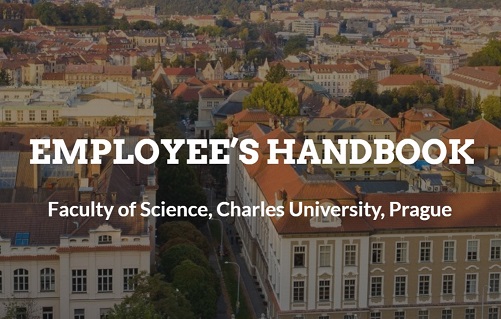
|
Employee´s handbook online!The Employee´s Handbook, which is now on the home page of the Faculty website, is a practical guide for you, our international colleagues who are working or are about to work at our Faculty. The handbook will help you to find your way not only around the administration of the Faculty. Published Dec 02, 2021 |
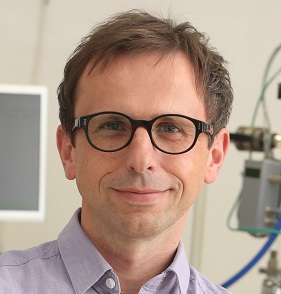
|
Study highlights role of disordered protein interactions in gene expressionA team led by researchers at Baylor College of Medicine, and the Czech Academy of Sciences and Faculty of Science, Charles University has uncovered a new piece of the puzzle of how gene expression is orchestrated. Published in the journal Science, the findings reveal a novel mechanism that coordinates the assembly of components inside cells that control gene expression. The mechanism not only is essential for normal cell function, but also has been implicated in cancer, neurodegeneration and HIV infection, and could suggest new ways to treat these conditions. Published Dec 01, 2021 |
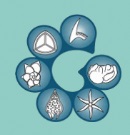
|
TMS Annual Conference 2021The TMS 2021 Annual Conference will be held online on 18 and 19 November 2021 and its theme is "At the interfaces of geological periods - the contribution of micropalaeontology to the reconstruction of events in the boundary intervals". The Institute of Geology and Palaeontology of the Charles University is a partner of this prestigious international confrence. Faculty staff and students can watch the conference in real time online from Chlupáč's office. Published Nov 09, 2021 |
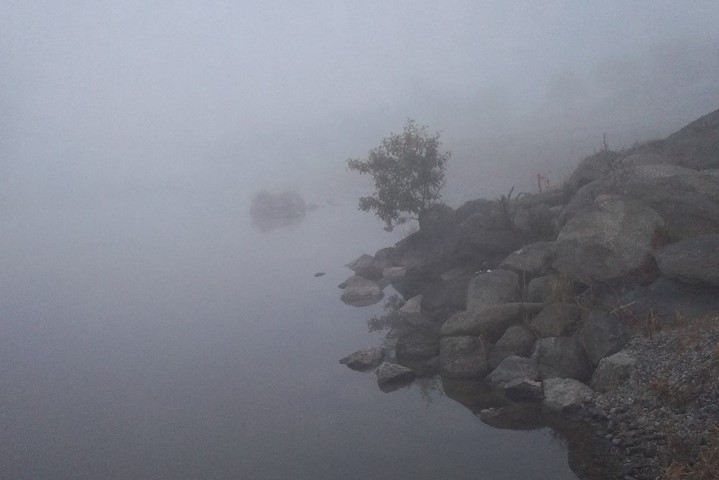
|
Popular Science: Type of water really mattersMany factors affect the fog occurrence. Sufficient air humidity and the existence of condensation nuclei are the basic preconditions for the fog formation at all. However, there are many more factors influencing the fog formation and they are still not sufficiently explored. Iva Hůnová's international scientific team from the Institute for Environmental Studies, Faculty of Science, Charles University has previously studied and quantified the effects of meteorology and air pollution, as well as the impact of terrain and forests. Now they focused on the effect of water areas around the fog observation stations - and moreover - depending on the type of water – fresh- or sea-water. Published Nov 08, 2021 |

|
Popular Science: Chemists as children of the Sun on a journey to a stellar future of chemistryIn the play Children of the Sun, written by Maxim Gorky in 1905, the chemist Protassoff exclaims, “But us, us people, us children of the Sun, bright source of life… we will conquer the dark fear of death!” His words became an inspiration for the new communication strategy “Chemists as Children of the Sun” designed by Mgr. Radek Chalupa and Dr Karel Nesměrák from the Faculty of Science, Charles University. Their aim is to highlight successful chemists throughout history and supress chemophobia (fear of anything chemical that prevails in society). Published Oct 25, 2021 |
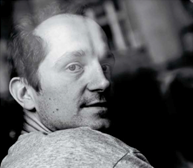
|
Quo Vadis Chemie: On-surface UHV Chemistry & SPM: New Perspectives for Organic SynthesisWe cordially invite you to the lecture "On-surface UHV Chemistry & SPM: New Perspectives for Organic Synthesis" which will be delivered by doc. Pavel JELÍNEK Institute of Physics Czech Academy of Science. The lecture takes place on 25th of October at 3:40 p.m. at the Lecture Hall CH2, the School of Chemistry Building, FoS CU, Hlavova 8, Prague 2. Published Oct 19, 2021 |
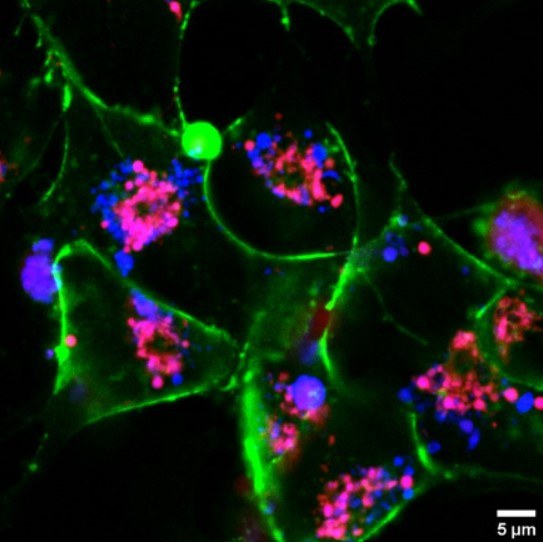
|
Popular Science: First fluorescent dye for the imaging of amyloid fibrilsThe plaques of amyloid fibrils are the hallmark of several neurodegenerative diseases, including Alzheimer’s, Parkinson’s, and Huntington’s disease. As our society gets older, these diseases become more widespread, causing immense difficulties not only for patients but also for their close friends and relatives. The selective imaging of amyloid fibrils is therefore crucial for studying the mechanism of their development but has encountered multiple obstacles. A small fluorescent dye developed by scientists from the Institute of Organic Chemistry and Biochemistry of Czech Academy of Sciences and the Faculty of Science of Charles University, led by Dr. Pankaj Gaur, could therefore be a new hope for imaging the amyloid fibrils in living cells. Published Oct 11, 2021 |
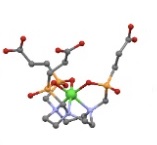
|
Quo Vadis Chemie: TRAP Radiopharmaceuticals: How Coordination Chemistry from Prague made its way into clinics worlwideWe cordially invite you to the lecture "TRAP Radiopharmaceuticals: How Coordination Chemistry from Prague made its way into clinics worlwide" which will be delivered by Prof. Johannes Notni, Clinic for Nuclear Medicine, University Hospital Essen, Germany. The lecture takes place on 18th of October at 3:40 p.m. at the Lecture Hall CH2, the School of Chemistry Building, FoS CU, Hlavova 8, Prague 2. Published Oct 08, 2021 |
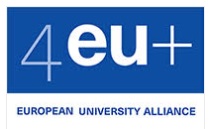
|
4EU+ Urban Health Case Challenge 2021Do you want work in a multidisciplinary team and solve a real-world urban challenge together with 75 students from nine different universities across Europe? Sign up for 4EU+ Urban Health Case Challenge 2021 now and represent Charles University in this exciting student competition. If you want to participate in the challenge, please send and application by October 15th, 2021. Published Oct 07, 2021 |

|
Popular Science: How much food do Czech households waste?Food waste is a global problem. According to the FAO (Food and Agriculture Organisation, UN), 1/3 of the food produced worldwide – 1.2 billion tonnes – is wasted each year. Data provided by the EU indicate that 20% of food in Europe remains unconsumed. Countries around the globe have all agreed on the urgent need to reduce such waste. For example, as part of target 12.3 of the Sustainable development goals (SDGs) programme, member states of the UN have called for per capita global food waste to be halved by 2030. To achieve these goals, detailed monitoring is essential. However, reliable and coherent data are often missing. An analysis by Petra Novákovás (Faculty of Science alumna), which I am going to introduce in this article, should help fill some of these gaps. Svatava Janoušková from the Faculty of Science, Charles university, also collaborated in this research. Published Oct 04, 2021 |
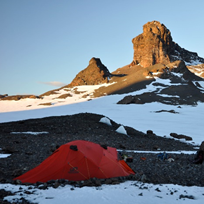
|
Popular Science: Czech polar explorers are ready for the futurePredicting potential future changes in the landscape is based on knowledge of the current state and changes in the past. A group of experts, led by Stephen J. A. Jennings from Masaryk University in Brno, have now finished mapping the inhospitable area of the Ulu Peninsula, which could provide a window into the future development of other areas of the Antarctic Peninsula. Zbyněk Engel from the Department of Physical Geography, Faculty of Science, Charles University, who has been travelling to polar research expeditions since 2009, played a significant part in this research. Published Sep 29, 2021 |
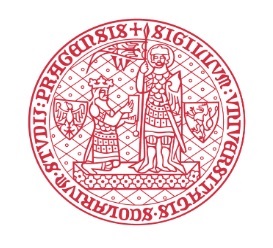
|
Online adaptation course for new international studentsCharles University has prepared an online adaptation course for freshly arriving students and academic staff. Theese videos will give you basic information concerning your pleasant stay in the Czech Republic and at Charles University. The aim is also to help you to fulfill your duties as students and other academic staff. Published Sep 22, 2021 |
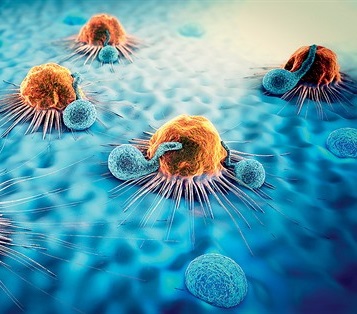
|
Popular Science: Is iron the new star in cancer treatment?Cancer, an insidious disease, affected over 19 million people and killed almost 10 million worldwide in 2020 alone. Thus, it is no surprise that searching for new and more efficient treatments is still a top priority for scientists and the public all over the world. Targeted treatment has attracted special attention in the last few years because of its ability to limit the adverse effects of conventional chemotherapeutics. New approach to targeted treatment has now been developed by teams led by Dr. Jaroslav Truksa and L. Werner from the Institute of Biotechnology of the Czech Academy of Sciences (IB CAS). This approach is described in detail in a publication, whose main author was Cristian Sandoval-Acuna (IB CAS) and which was produced in collaboration with Faculty of Science of Charles University and the Institute of Molecular Genetics CAS. Published Sep 20, 2021 |
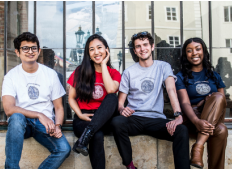
|
Welcome Day for International Degree Students 2021We are pleased to invite all international Bachelor´s, Master´s and Doctoral degree programmes students beginning their studies at Charles University in the academic year 2021/2022 to our Welcome Day on Wednesday 6 October 2021 at 3:00 p.m. at the Hybernská Campus in Prague 1. As some of you are probably not able to join the event due to travel restrictions, class schedule or any other reason, you may watch the event online. Published Sep 16, 2021 |
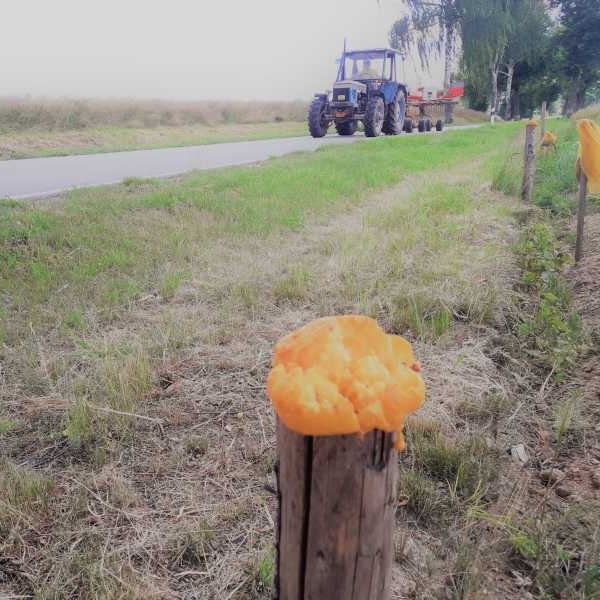
|
Popular Science: Small is nice? And sometimes toxic.Microplastics are a topic of today. They are everywhere, in water, in soil, in the air, and even in remote areas such as the Arctic. The study of the interactions of microplastics and common organic pollutants has so far focused mainly on the marine and other aquatic environment. However, their presence in the soil is one order of magnitude higher than that in the oceans. Tereza Černá, a doctoral student from the Department of the Environment at the Faculty of Science, Charles University, together with a group of experts, made an experiment on the interaction of soils containing polycyclic aromatic hydrocarbons (PAHs) and polyurethane foams. And what was the result? Published Sep 13, 2021 |
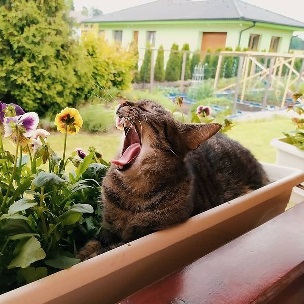
|
Popular Science: Why do we yawn (longer than birds)?Summer, warm weather, dark room, and a boring lecture – a moment when anybody would like to yawn, but it is just not appropriate. Certainly, many of us have asked themselves: Why do we yawn in the first place? Numerous scientists have posed the same question, the result of which is a variety of different answers circulated among people. The most popular one says that yawning helps to oxygenate blood. As surprising as it may be, this theory was debunked over 30 years ago. Then, why do we yawn? Do other animals yawn in the same way we do? These questions can now be answered through a new study – the largest ever conducted on yawning – by an international team of scientists, including students from the group of Mgr. Pavel Němec, Ph.D., from the Department of Zoology at the Faculty of Science, Charles University. Published Sep 06, 2021 |
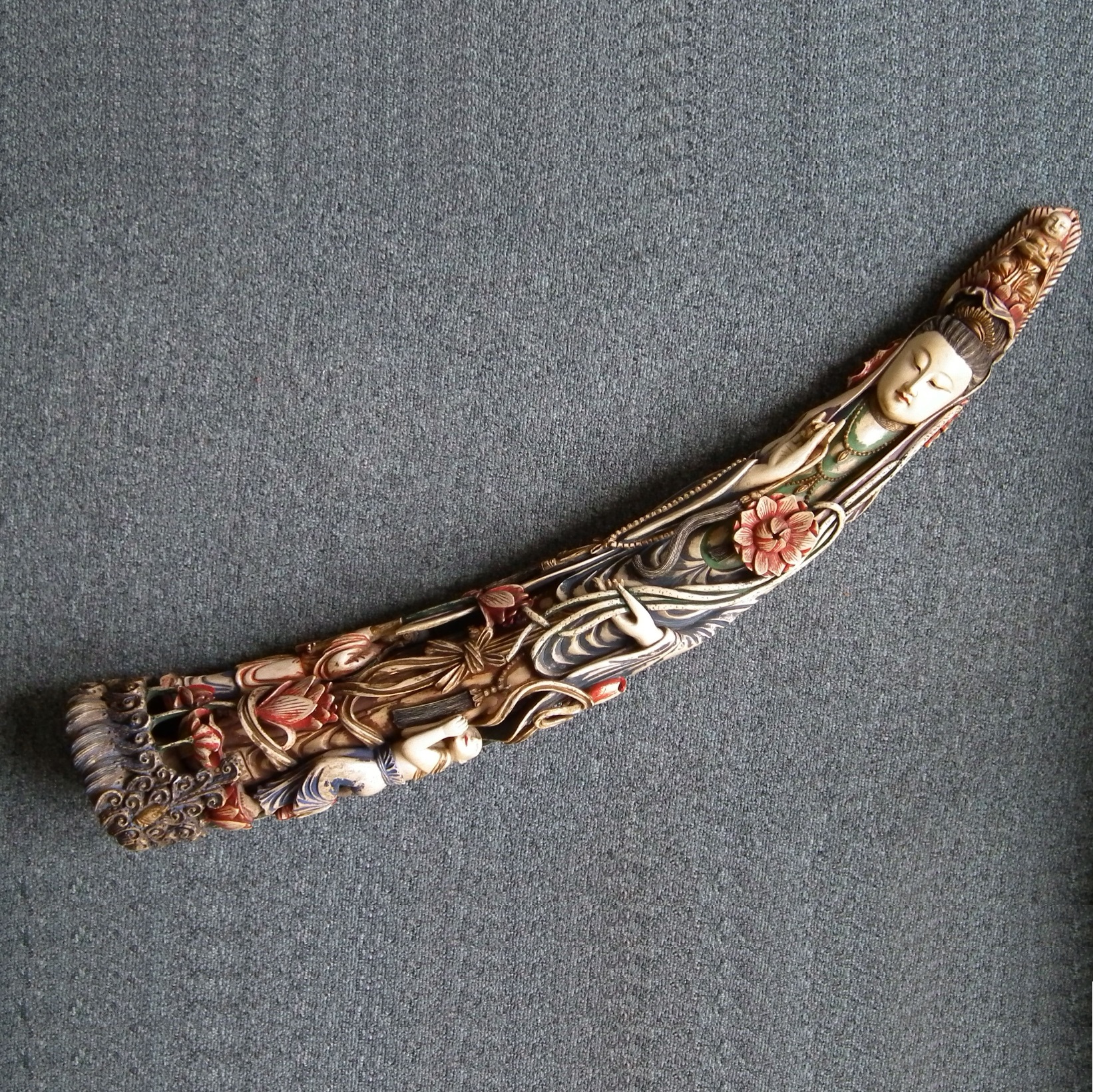
|
Popular Science: A deep look into elephant teeth and the practices of antique tradersIvory has been traded since prehistoric times, until such type of commercial activity had to be completely prohibited more than thirty years ago, based on an international convention, in order not to completely decimate the remaining elephants. However, the trade ban is not complete. For example, the EU still permits trade with antiques made from animals that were killed more than 50 years before the elephants, like many other species, started to be protected in the EU from excessive international trade. It is argued that killing animals “then” does not endanger the current populations. However, is everything declared as antique really old? Researchers from the Center for Forensic Studies of the Faculty of Science at Charles University and the Institute of Nuclear Physics of the Academy of Sciences in the Czech Republic analysed ivory artefacts seized by the Czech Environmental Inspectorate, verified their age as reported by the trader, and arrived at surprising conclusions. Published Sep 01, 2021 |
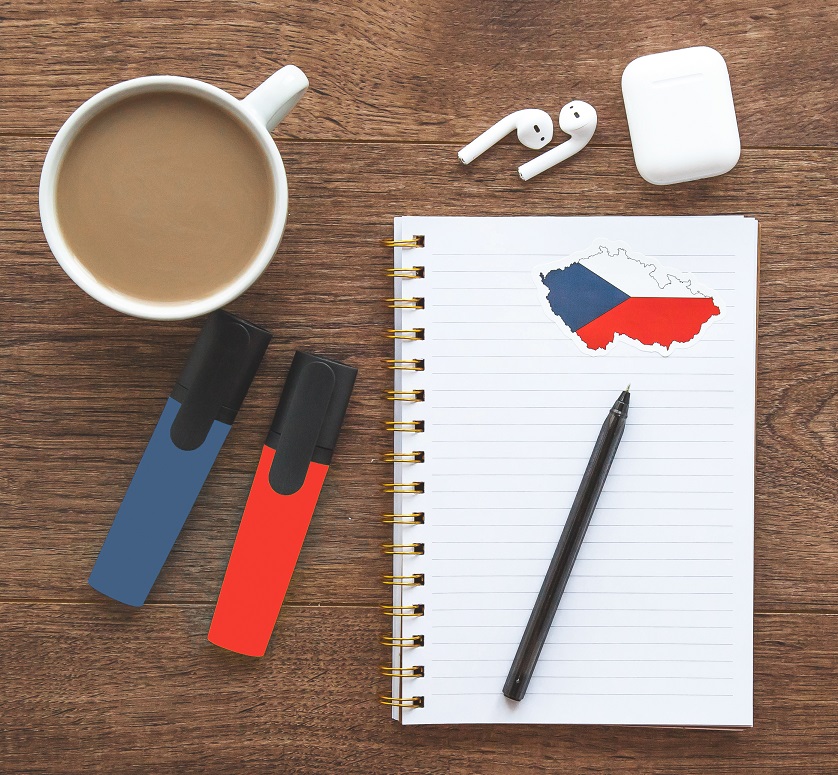
|
Evening Online Czech Language Course for foreignersFaculty of Arts at Charles University is offering an Evening Online Czech Language Course for Foreigners from 7 September till 16 December 2021. There is a 10% discount on course fees for UK employees. Published Aug 24, 2021 |
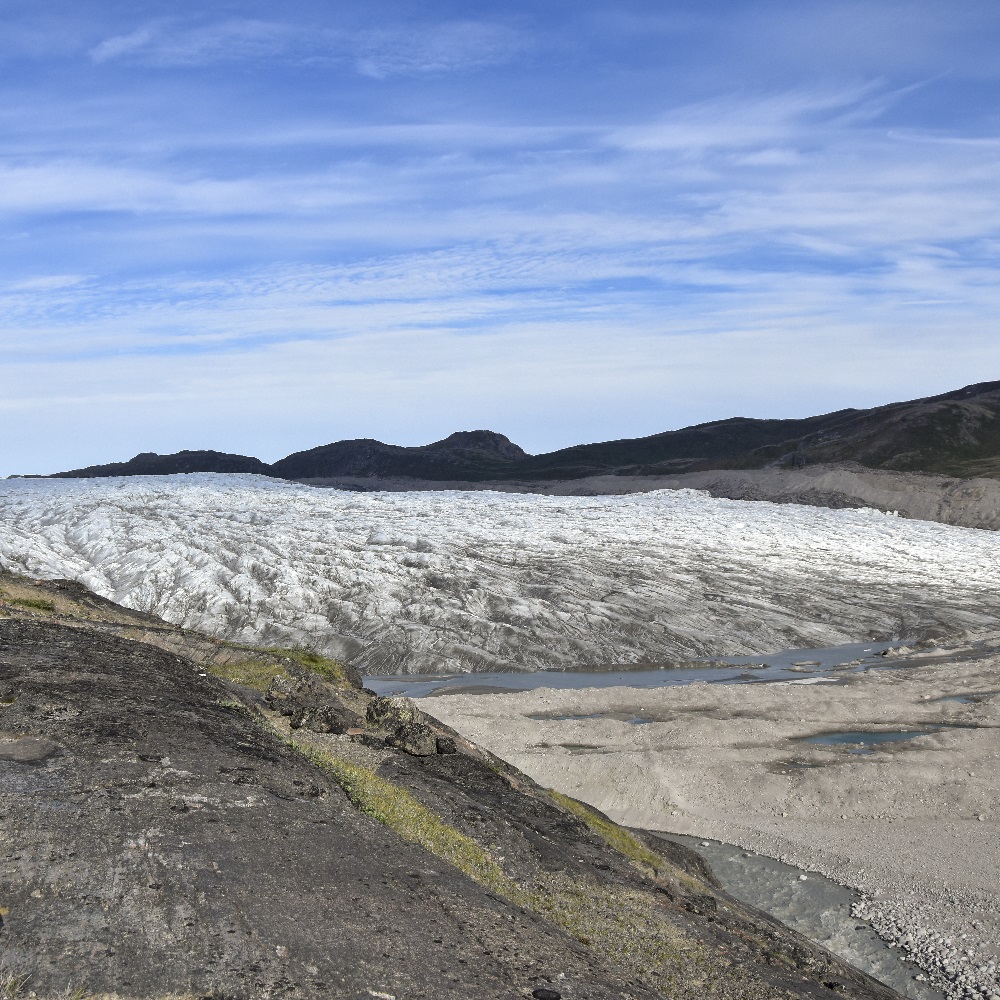
|
Popular Science: Mysterious mercury-changing organisms under the Greenland Glacier are still eluding scientistsThe vast ice masses on our planet are melting. The danger of the rising level of the world’s oceans is much talked about. One of the gigantic continental glaciers that is currently losing its volume is the Greenland Ice Sheet. If the entire Greenland Ice Sheet melted, the level of the world’s oceans would rise by up to 7 meters. But is this the only danger? A disturbing new discovery was made during the research undertaken by an international team led by Jon Hawkings from Florida State University, in which a group of experts from the Department of Ecology, Faculty of Science, Charles University, led by Mark Stibal, also played a significant role. The danger is not only in the amount of water, but also in the presence of toxic substances in the melting waters. Published Aug 23, 2021 |
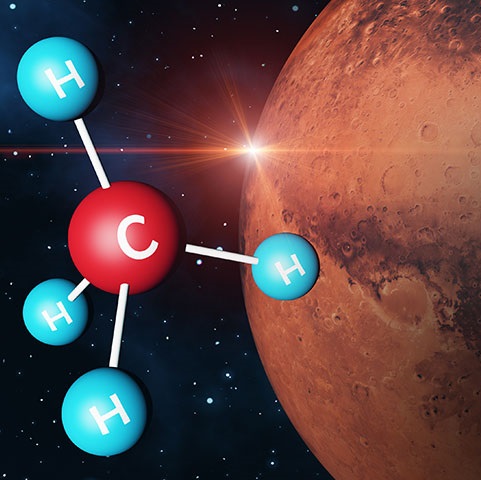
|
Popular Science: The journey of Mars to methane and (much) fartherCuriosity is not only an important cosmic rover but also a common human emotion associated with discovering the unknown. While we are witnessing the first steps of cosmic tourism, space and its chemistry are still veiled by many questions. One of the big mysteries was the origin of methane detected by Curiosity on Mars. On Earth, methane is mostly of biological origin (its source is mostly living organisms), but could that be possible on the lifeless red planet? Prof. Svatopluk Civiš and Mgr. Antonín Knížek, two Czech scientists from J. Heyrovský Institute of Physical Chemistry and Faculty of Science, Charles University, decided to embark on a journey to find the answer to this question. Published Aug 11, 2021 |